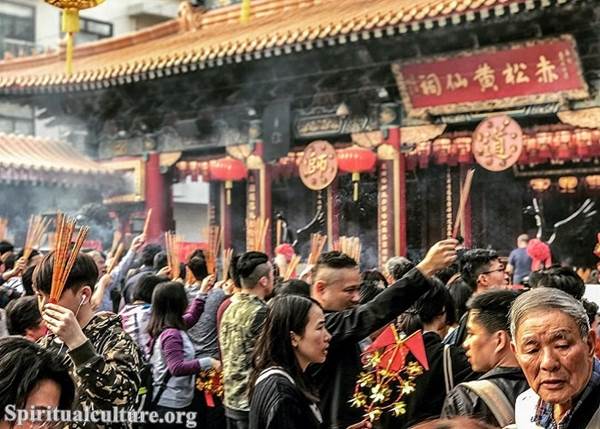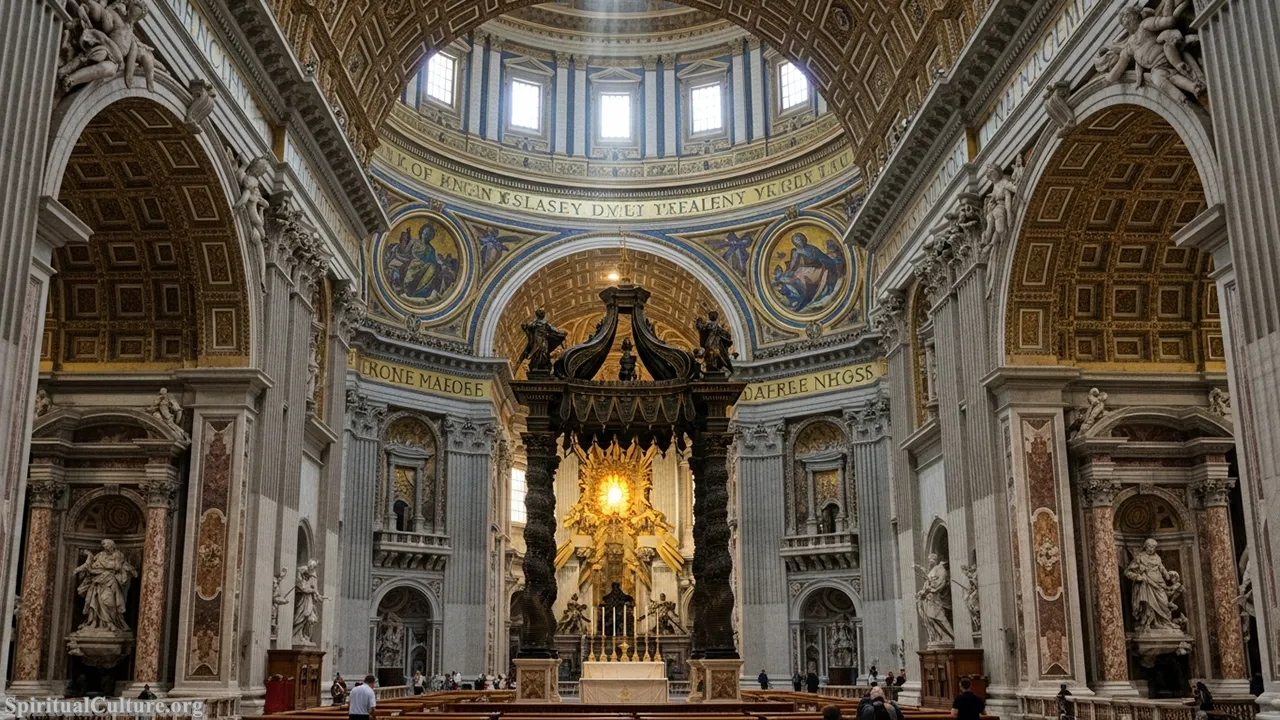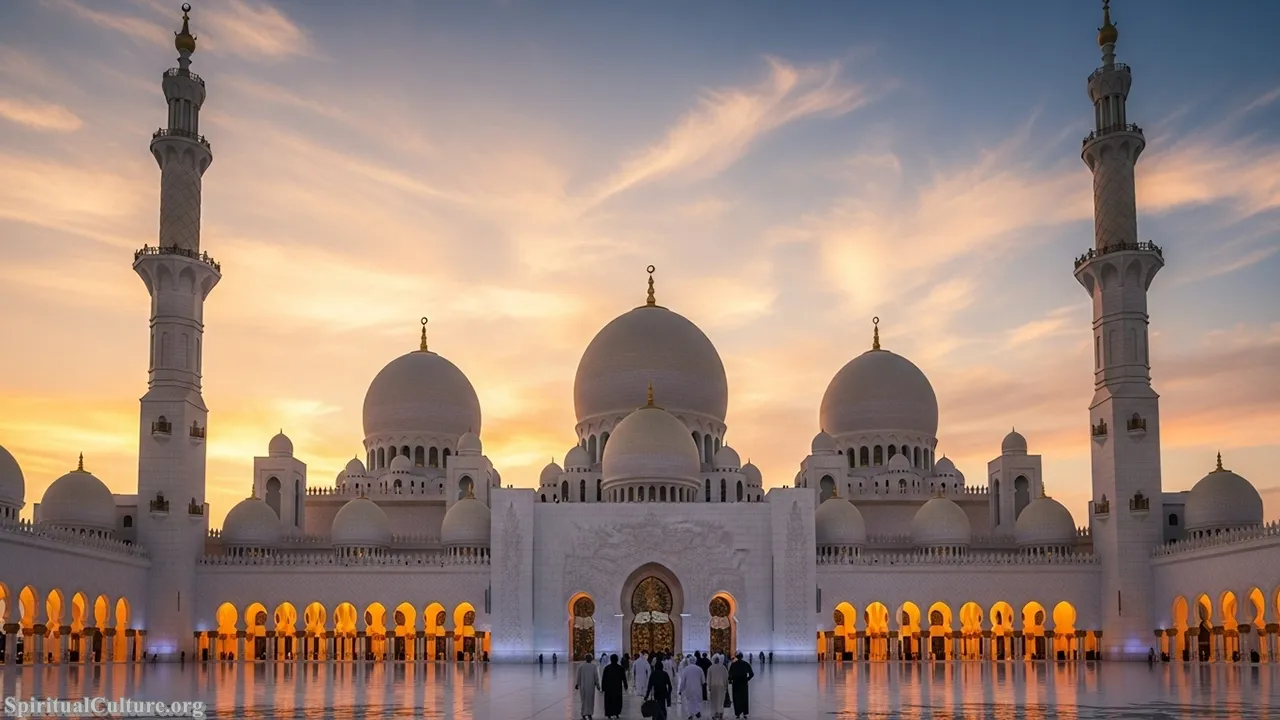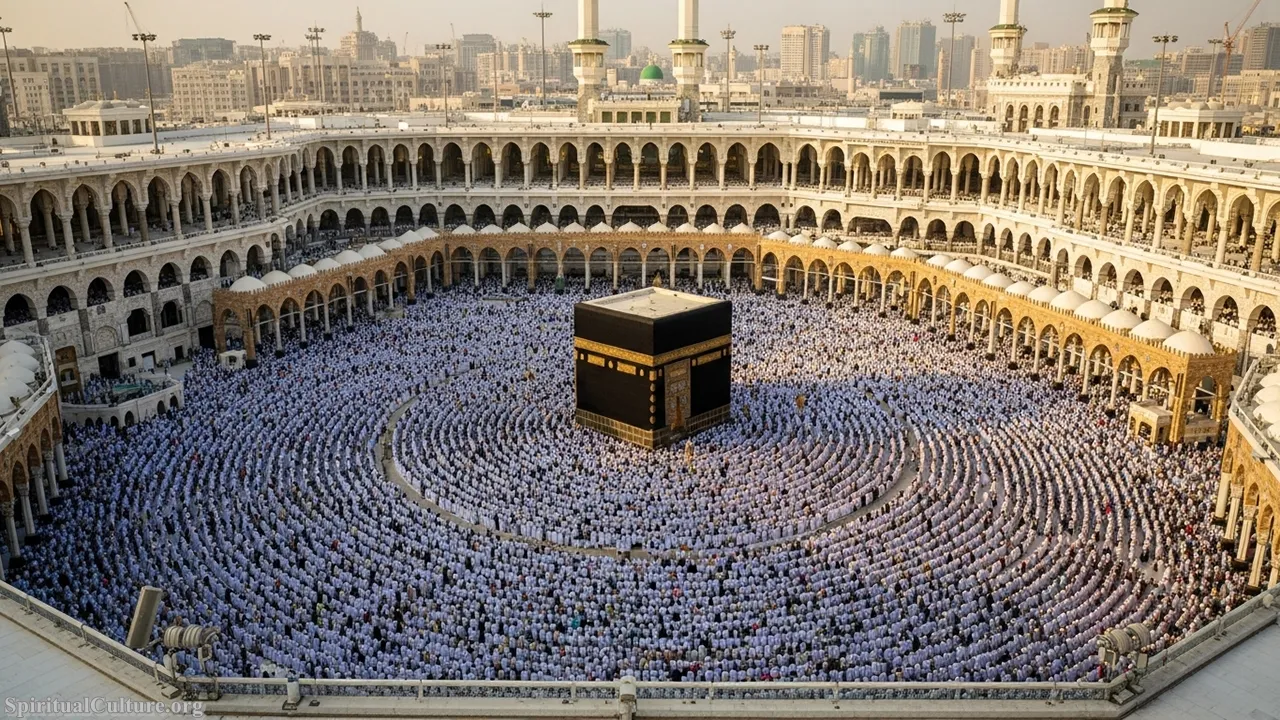Throughout human history, architecture has been more than shelter. It has been symbol, sanctuary, and statement — a tangible echo of the sacred that transcends time. Sacred architecture, in particular, is where stone meets spirit, where design becomes devotion, and where culture breathes through carved columns, domes, and sanctuaries.
As Spiritual Culture, we invite you on a journey not just through buildings, but through the hearts and hopes of civilizations. This article explores the profound role sacred architecture plays in preserving cultural heritage — why it matters, what it teaches us, and how it still speaks to our souls today.
Sacred Architecture as a Cultural Anchor
The Temple, the Mosque, the Church — More Than Buildings
In every civilization, sacred spaces rise not only to glorify the divine but to stabilize the culture itself. Whether it’s a Gothic cathedral reaching to the heavens, a serene Zen temple nestled in nature, or a majestic mosque adorned with calligraphy, these structures serve as cultural anchors.
They are the places where:
- Traditions are kept alive.
- Community gathers and bonds.
- Stories are passed on through ritual and rhythm.
The architecture of these places shapes not only the skyline but the spiritual imagination of entire generations.
Continuity Across Time
Many sacred buildings are centuries old — some even millennia. In that continuity lies the power of heritage. Through war, disaster, and change, sacred architecture stands resilient, a reminder that while the world transforms, the human yearning for the sacred endures.
Think of Jerusalem’s Western Wall, India’s Brihadeeswarar Temple, or Rome’s St. Peter’s Basilica — these are not just destinations; they are deep wells of memory, identity, and belonging.
Symbolism Woven Into Structure
Geometry, Light, and Sacred Meaning
Sacred architecture speaks in a language of symbols. Shapes, proportions, materials, and orientations are rarely arbitrary.
- The dome represents the heavens.
- The verticality of spires or minarets draws the eye — and soul — upward.
- Mandalas in Buddhist stupas reflect cosmic harmony.
- Mihrabs in mosques direct the worshipper’s body and spirit toward Mecca.
In Hindu temples, the very layout mimics the body of the cosmic man (Purusha). In Orthodox churches, the central dome becomes the “eye” through which heaven looks down upon the liturgy.
Light as Revelation
Light itself becomes a sacred actor. In stained glass, through latticed screens (jalis), or through the perfect alignment of sunbeams on holy days — architects choreograph illumination to awaken awe.
Sacred architecture, then, is not just built — it is composed like sacred music, harmonizing space with the divine.
Architecture as Storytelling
Historical Narrative Encoded in Stone
Every sacred building tells a story — of a people, a moment, a divine encounter. From the Aztec pyramids to the shrines of Shinto Japan, sacred architecture is a form of storytelling carved into stone.
Mosaics, frescos, calligraphy, reliefs — these are the texts inscribed on the temple walls when books were scarce or forbidden. They carry the myths, the moral codes, the collective grief and triumphs of a culture.
Living Memory and Oral Tradition
In many cultures, the temple or shrine is not just an artifact but a living archive. Oral traditions of chants, prayers, and rituals continue to animate the space. Pilgrimage routes form sacred geographies. Footsteps become an embodied memory passed from generation to generation.
The Intersection of Sacred and Secular Identity
Sacred Buildings in Civic Life
Even in secular societies, sacred architecture remains central. City tours begin at cathedrals. National ceremonies are held in sacred spaces. The silhouettes of mosques and monasteries mark calendars and currencies.
The sacred building becomes:
- A marker of national identity.
- A magnet for tourism and diplomacy.
- A stage for reconciliation, remembrance, or protest.
In this way, sacred architecture blends the divine and the daily, influencing how societies see themselves and their past.
Places of Spiritual Neutrality
In multi-faith societies, ancient sacred buildings often evolve into places of shared significance. The Hagia Sophia, for instance, has been church, mosque, and museum — a symbol of cultural continuity and tension.
Such spaces remind us that the sacred is never static. It evolves, adapts, and absorbs — just like the cultures that cradle it.
Preservation as a Sacred Act
Challenges of Time, War, and Climate
Sacred architecture is under threat — from natural disasters, pollution, urbanization, and conflict. The loss of a sacred site is not merely architectural. It is a rupture in memory, a wound in the soul of a culture.
When the Buddhas of Bamiyan were destroyed, or when Notre-Dame burned, the grief was global. Why? Because sacred architecture belongs not just to one people, but to humanity.
Restoration and Rebirth
To restore a temple, a church, a shrine — is to restore identity. Artisans, historians, and communities work together in what becomes an act of reverence.
Preserving sacred architecture:
- Reclaims stolen history.
- Reconnects the present to the past.
- Revives spiritual and cultural continuity.
In a world often driven by the temporary, restoration work becomes a testimony to eternal values.
Sacred Architecture and the Human Soul
Built for Silence, Awe, and Transcendence
There is a unique feeling that comes upon entering a sacred space — a hush, a stillness, a sense of “being held.” Whether it’s the grandeur of a cathedral or the simplicity of a rural shrine, sacred architecture affects us viscerally.
It invites us to:
- Slow down.
- Look up.
- Remember we are more than flesh and bone.
Even non-religious visitors often report feeling moved in sacred spaces. Why? Because these places are built not only for ritual, but for revelation — a revelation that we are part of something greater.
A Place for the Modern Seeker
In an age of spiritual seeking, sacred architecture offers a door. One doesn’t need to profess a creed to be blessed by a sacred space. These places can:
- Provide peace to the anxious.
- Inspire wonder in the cynical.
- Offer rootedness to the displaced.
They are more than relics — they are resources for the human soul.
Reflect and Reimagine
Sacred architecture is not merely about stone, design, or history. It is about soul-space — the visible form of a people’s invisible longing for the eternal. It is a prayer made permanent, a culture crystallized in structure.
When we protect a sacred building, we do more than preserve art. We protect identity, memory, and mystery. We ensure that future generations can walk into a space and feel not only awe — but belonging.
As Spiritual Culture, we invite you to see sacred spaces not as relics of a past, but as bridges to a deeper present. Let them speak to your own longing. Let them remind you: wherever the human heart has sought the divine, it has left behind architecture that still whispers — “You are not alone.”
Let that whisper guide you home.





